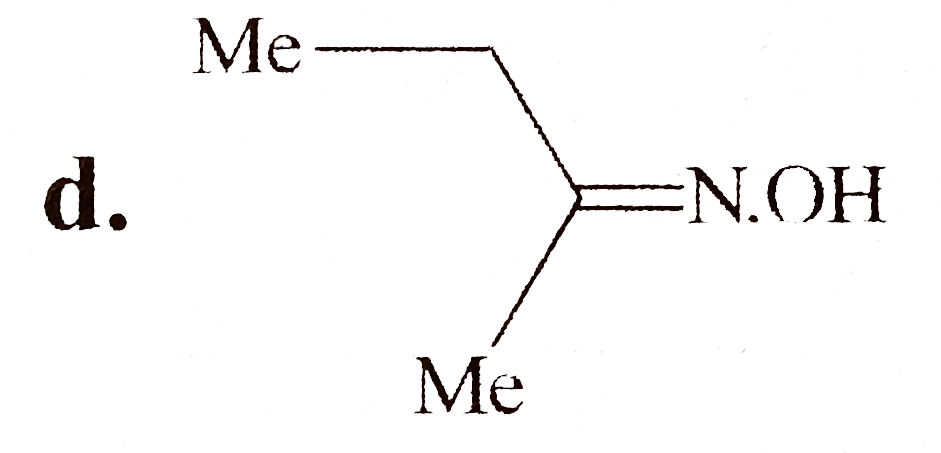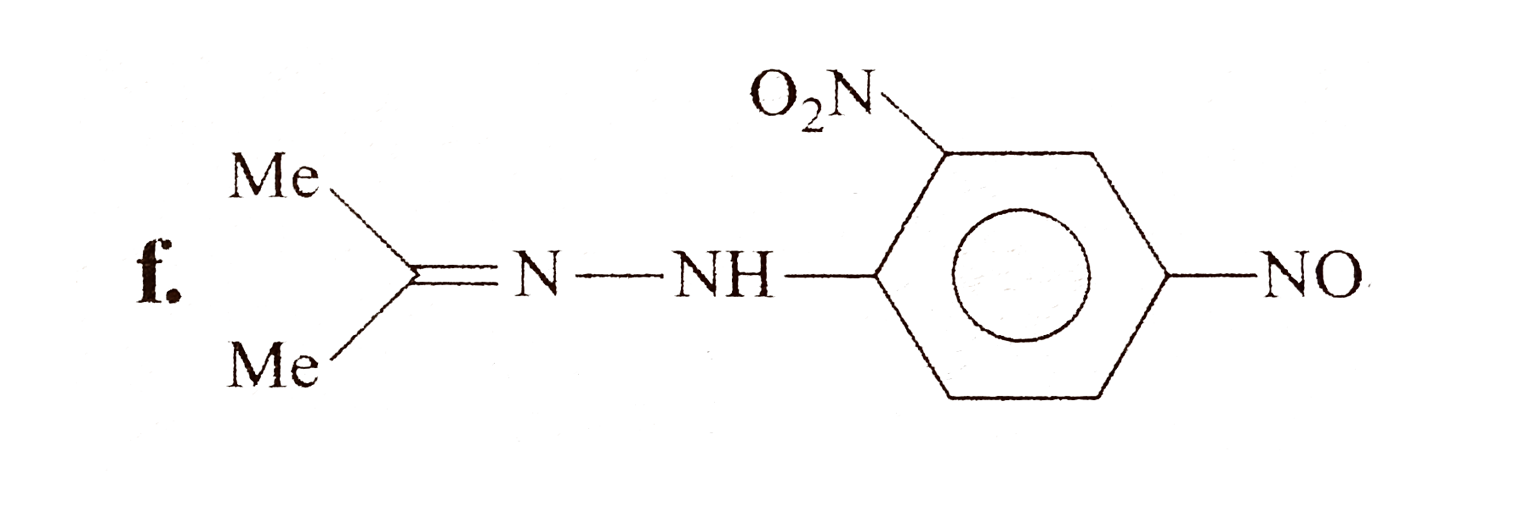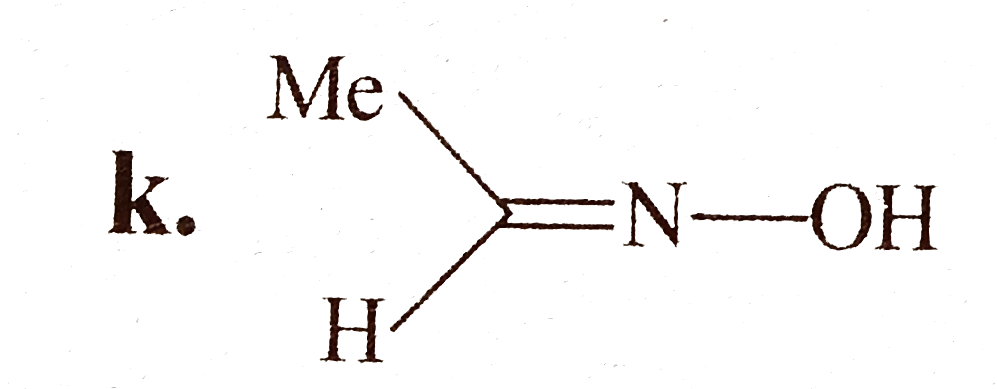Which of the following is not an auxillary fromula for the area of a quadrilateral i.e., A=d2(h1+h2)?
h1=2Ad−h2
h2=2A−h1dd
h1=2Ah2−d
d=2Ah1+h2
The correct Answer is:C
Step by step video & text solution for Which of the following is not an auxillary fromula for the area of a quadrilateral i.e., A=(d)/(2)(h_(1)+h_(2))? by Maths experts to help you in doubts & scoring excellent marks in Class 8 exams.
Updated on:21/07/2023Topper's Solved these Questions
- FormulaeBOOK - PEARSON IIT JEE FOUNDATIONCHAPTER - FormulaeEXERCISE - Very Short Type Question
20 Videos
- FormulaeBOOK - PEARSON IIT JEE FOUNDATIONCHAPTER - FormulaeEXERCISE - Short Answer Type Question
25 Videos
- GEOMETRY BOOK - PEARSON IIT JEE FOUNDATIONCHAPTER - GEOMETRY EXERCISE - CONCEPT APPLICATION (Level 1)
60 Videos
Similar Questions
Knowledge Check
Which of the following is not an auxillary fromula for the area of a quadrilateral i.e., A=d2(h1+h2)?
Ah1=2Ad−h2Bh2=2A−h1ddCh1=2Ah2−dDd=2Ah1+h2Which of the following statements is not true for H1,H2 and H3?
AThey have similar electronic configuration.BThey exist in nature in the ratio 1:2:3.CTheir atomic masses are in the ratio 1: 2: 3.DThey are all isotopes of hydrogen.Which of the following is reduced by H2I2 in acid medium
AKMnO4BKICFeSO4DK4[Fe(CN)6]
Which of the following has larger bond angle in the following pairs ?
(a)NH3,PH3(b)BeF2,BF3(c)H2O,CO2(d)H2O,H2S(e)CCl4,C2H2 ?
View Solutionwhich of the following solids is not an electrical conductor ?
(a) Mg(s) (b) TiO(s) ( c) I2(s) (d) H2O(s)
View Solutionwhich of the following solids is not an electrical conductor ?
(a) Mg(s) (b) TiO(s) ( c) I2(s) (d) H2O(s)
View SolutionIn which of the following reactions H2O2 acts as reducing agent?
(A) H2O2+2H++2e−→2H2O
(B) H2O2−2e−→O2+2H+
(C ). H2O2+2e−→2OH−
(D) H2O2+2OH−−2e−→O2+2H2O
View SolutionIn the manufacture of sodium carbonate, following reactions are involved:
(A)Δ−−→(B)+CO2
(B)+H2O→(C)+NH4CI→(D)+H2O−−−−→ESolution
(E)+CO2→(F)
(F)+NaCI→(G)Heat−−→Na2CO3+CO2+H2O
(D) is a gas which is soluble in H2O
(E ) and (F) are
View Solution












